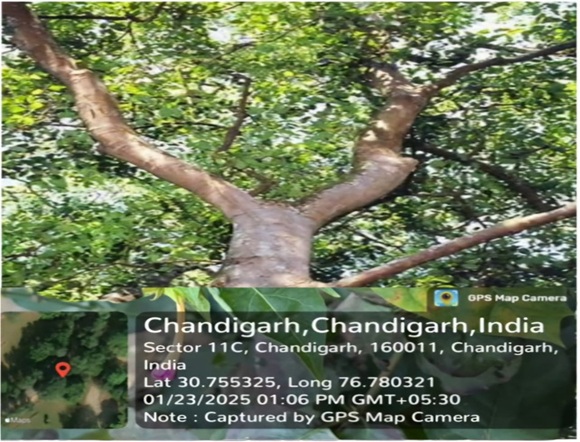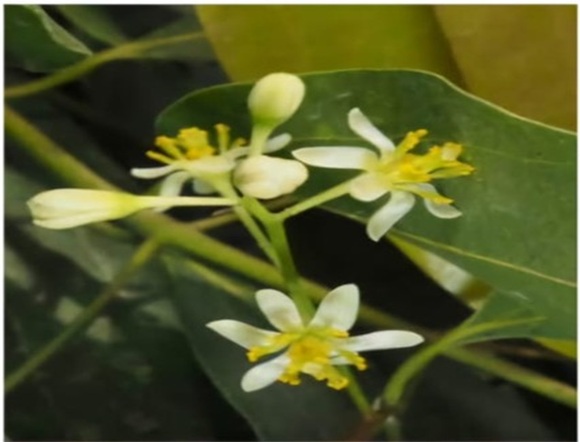

Habitat:
Native to Sri Lanka and parts of India, Bangladesh, and Myanmar. Grows in tropical evergreen forests at low to mid-elevations. Prefers warm, humid climates with well-drained, fertile soils. Often cultivated in plantations for its bark, which is used as a spice.
Flowering:
It occurs during spring to early summer (varies by region). Inflorescence Arranged in axillary or terminal panicles. Fragrance: Flowers emit mild, somewhat unpleasant odor. Pollination: Primarily pollinated by insects.
Fruiting:
Fruit Type: A small, fleshy drupe (berry-like fruit Fruit Development: Usually follows flowering in late spring to summer, maturing in a few months. Seed: Each fruit contains a single seed. Dispersal Seeds are primarily dispersed by birds and other small animals that consume the fruit.
Climatic Conditions:
Temperature Prefers warm tropical climates, with an optimal range of 20°C to 30°C.Rainfall Requires high annual rainfall (about 1500–3500 mm per year). Humidity Thrives in high humidity (above 70%) Sunlight: Grows well in partial shade to full sunlight, but young plants benefit from some shade.
Seed Propagation:
Seeds of the plant should be sown fresh in moist, well-drained soil, germinate in 2–4 weeks, and transplanted after 6 months.
Part used:
Bark – Dried and used as spice (cinnamon sticks or powder).
Leaves – Used for essential oils and herbal remedies.
Roots & Twigs – Occasionally used in traditional medicine.
Flowers & Fruits – Rarely used, but may have medicinal properties.

Leave A Comment